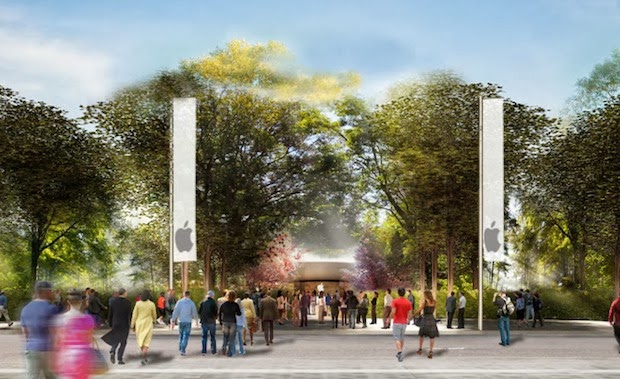Both Apple and Amazon introduced two high-end tablets to the
market this year with the Kindle Fire HDX 8.9 and iPad Air.
 Apple's slate normally dominates that arena due to its
reputation and specs that are ahead of the competition. However, an unlikely
adversary has emerged with the HDX as tech sites such as Android Authority
claim that is has a display with better resolution.
Apple's slate normally dominates that arena due to its
reputation and specs that are ahead of the competition. However, an unlikely
adversary has emerged with the HDX as tech sites such as Android Authority
claim that is has a display with better resolution.
So how do the rest of their specs match up against one
another? Here is a brief comparison of the Kindle Fire HDX and iPad Air.
Speed
Apple's iPad Air does not hold anything back as it comes
with the A7 chip with the same 64-bit architecture found in the iPhone 5S
making it one of the fastest devices on the market. Amazon's HDX comes with one
of the finest chipsets found in the Android market at this time, the Qualcomm
Snapdragon 800 quad-core processor. Speed shouldn't be an issue on either of
these slates, and to the average consumer the small differences probably won't
be noticeable. Both are top-of-the-line for their respective companies.
Display
The Amazon Kindle Fire HDX 8.9 comes with an IPS LCD
capacitive touchscreen with a resolution of 2560x1600 pixels at 339ppi. The
iPad Air comes with a 9.7-inch LED-backlit Multi-Touch display with IPS
technology with 2048x1536 resolution at 264ppi. The resolution is a bit lower
than the Amazon device, but the size in screens makes up the difference.
However, Amazon is said to have a finer display as it functions better under
reflective conditions. The device actually has the lowest reflectance of all
the high-end tablets, according to DisplayMate. The iPad Air is still
impressive despite these differences as colors are vibrant and picture is
crystal clear, but the Kindle Fire HDX takes it in this area.
Camera
The iPad Air comes with a 5-megapixel iSight camera that can
shoot 1080p video and can snap pictures that feature great detail. The Kindle
Fire HDX packs an 8-megapixel shooter that can snap pictures with 3264x2448
pixels resolution. Apple's device also has autofocus, face detection, backside
illumination, and a five-element lens. Amazon's has autofocus and LED flash.
Megapixels are not always the deciding factor so users shouldn't count Apple
out for sticking with a good camera with a lower amount of them. The lenses are
still top-notch. Amazon's camera probably snaps some decent pictures, but Apple
seems to have a knack for the point and shooter.
Design
Conclusion
The Amazon Kindle Fire HDX 8.9 is certainly a device no one would expect to compete at such a high level and at $379.99 it certainly is the better buy overall. However, consumers could never go wrong with the iPad Air. Apple has been so consistent in that market for so long. The extra $120 for the non-LTE model will get you a device with a proven track record.


























